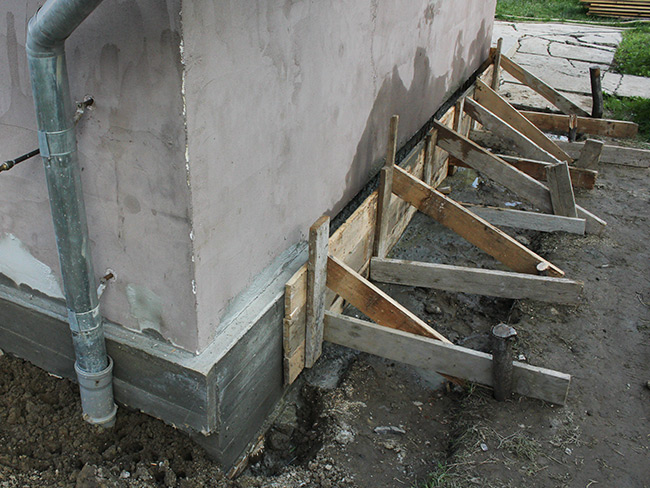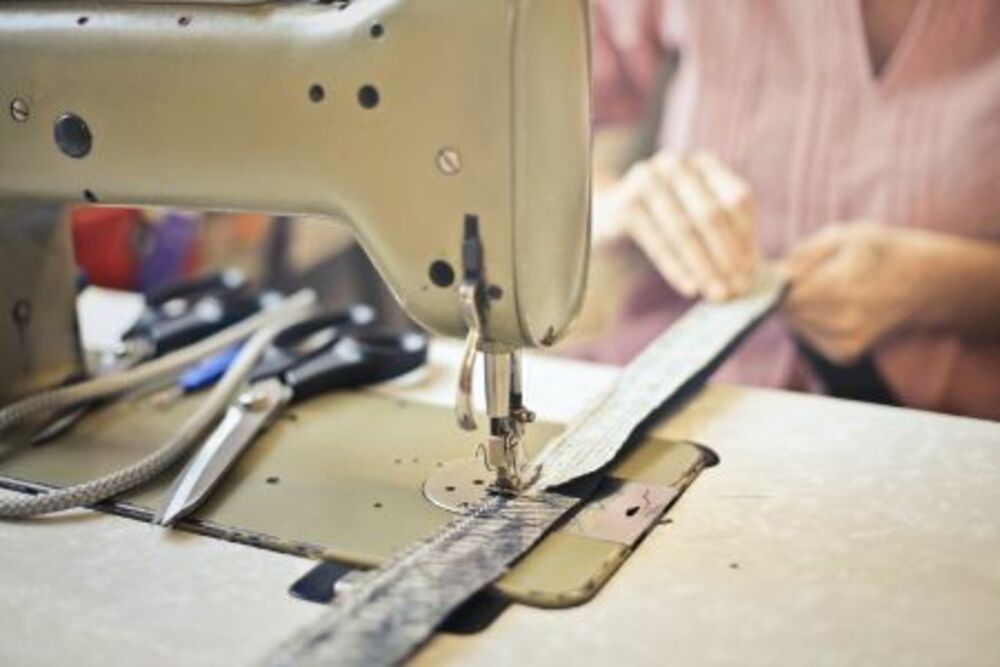
Circumcision Care
Circumcision is usually performed as part of a hospital procedure for newborn boys, although it may also be performed for religious or therapeutic reasons in older boys who suffer from phimosis (in which their foreskin cannot retract properly).
Male babies after circumcision should take pain relief as directed by their doctor, such as Tylenol or Acetaminophen (acetaminophen).
Preparation
Circumcision Melbourne usually takes place 1-2 days postbirth for healthy newborns in hospitals under the care of pediatricians or obstetricians and requires written parental consent. Newborns born prematurely or with medical concerns may not undergo circumcision until ready to leave hospital care; those born with physical abnormalities in their penis require surgery that uses the foreskin in that process instead.
Before any procedure begins, a healthcare provider will explain and address your queries about it before asking you to sign a consent form.
Your healthcare provider will first sanitize the area and place your baby in a restraining device to keep him still during the procedure. Next, he may use topical cream or injection to numb the penis; additionally acetaminophen may be given postoperatively to reduce pain; inquire as well about any medications either you or your child takes as some may increase bleeding from this procedure.
Procedure
Circumcision of newborns is performed for numerous medical and health benefits, including reduced urinary tract infections and the spread of HIV and HPV, among others. Furthermore, circumcising newborn boys reduces their chances of phimosis (inability to retract foreskin), which could potentially pose problems later in life.
The doctor will position your baby on their back and use Velcro bands or other restraints to keep arms and legs still. Next, they’ll clean out his penis area using antiseptic solutions before injecting an anesthetic, or applying cream, so he doesn’t feel pain during surgery.
Plastic rings or clamps will then be used to gently remove the foreskin, trimming away any extra skin that remains. Ointment will then be applied and gauze wrapped around the area; this procedure should take approximately 20 minutes and we will provide aftercare instructions as it’s important that these instructions are strictly followed so as to avoid complications from occurring.
Aftercare
When your newborn is circumcised in a hospital setting, the process typically lasts only minutes. Although your baby will be awake during this process, thanks to an anesthetic injection or topical cream that numbs their foreskin (pulling backward to reduce friction during healing), most won’t feel much pain from this. Your baby may even be given a pacifier with sugar water dipped inside for comfort purposes.
Adult procedures typically take longer, with swelling and bruising lasting between 1-4 days following surgery; over-the-counter pain relief products like ibuprofen or acetaminophen typically sufficing as relief.
At diaper changes, a few drops may bleed from the area; this should not be painful to wipe and should stop on its own within two or three days. To help keep this area clean and safe for breastfeeding mothers and infants alike, a layer of petroleum jelly on both the penis and front of diaper is strongly advised to protect and preserve health in this sensitive space.
Complications
Circumcision can result in various complications, though they are generally minor and should not require treatment. Most complications are experienced by newborns and infants while some can occur later. Regardless, most complications that do arise are treatable easily without medical intervention being required.
Most frequently, bleeding requires no treatment. On rare occasions, however, the penis may become infected; this can be easily remedied with antibiotic ointment or petroleum jelly.
Circumcision is frequently performed on neonates, infants and children for cultural and medical purposes. Although epidemiological studies have reported few serious complications related to circumcision among this age group, these studies do not include neonates and infants circumcised using traditional non-medically trained providers under unsterile conditions.
These providers may employ restraining devices to keep a baby still, or may allow the child to hold onto a pacifier dipped in sugar water to distract him or her from any pain associated with the procedure. This can help relieve discomfort for all involved.




